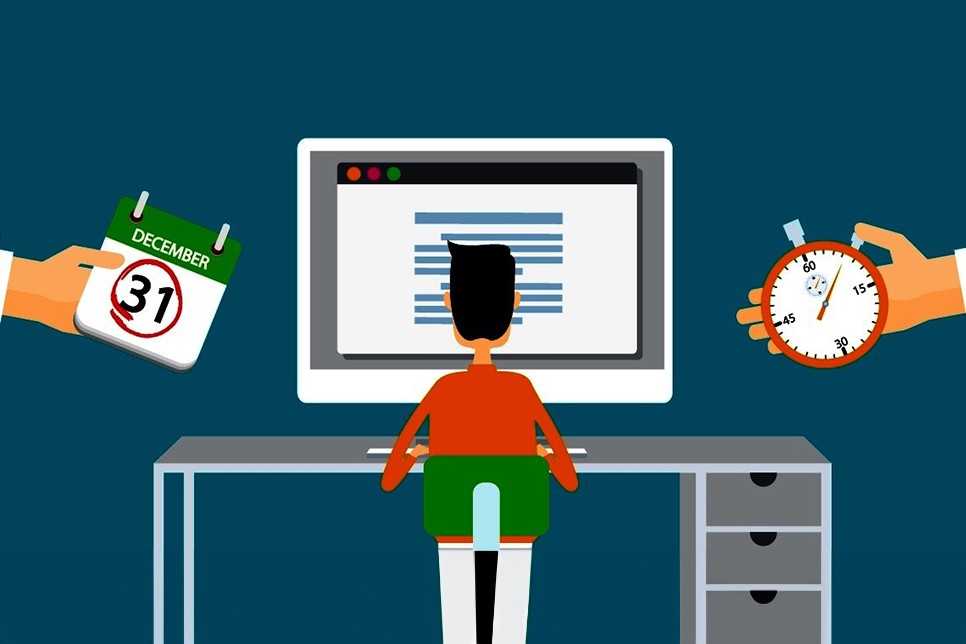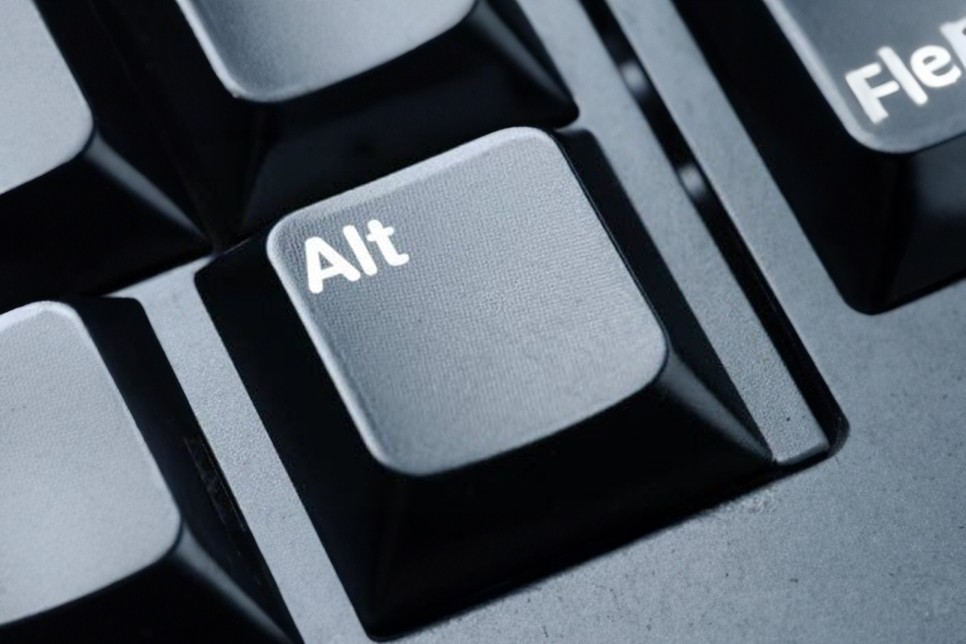
In this blog, we have listed several tactics for how to increase the speed of journal publication from clear author instructions, efficient peer-review, effective staffing and more.

In recent years, Alt Text—a contextual description that conveys information on the appearance and function of an image or graphic in digital content—has become a hot topic for publishers. A common practice in education publishing where accessibility standards come in to play, there has been a wider awakening regarding the art and benefits of applying effective Alt Text for publishers and authors, particularly in the STM domain.

With the onset of digital publishing, researchers and publishers have had the opportunity not just to provide footnotes or a bibliography but to include links back to source material. By making that information more accessible, challenging or verifying research findings has become easier. But, linking alone is not enough as links can break and there is no uniform style or requirement which publishers must adhere to.

You may have heard how artificial intelligence (AI) is being deployed within the information industry to combat fake news, detect plagiarism, and even recommend content to users. Until now however, AI has had minimal impact on the content creation and editorial functions of the publishing ecosystem.





